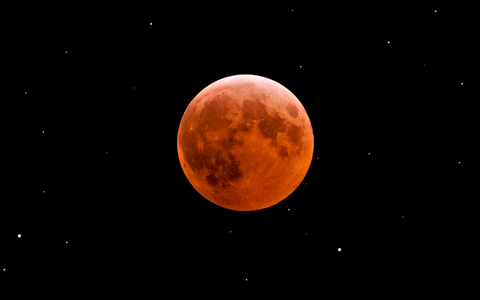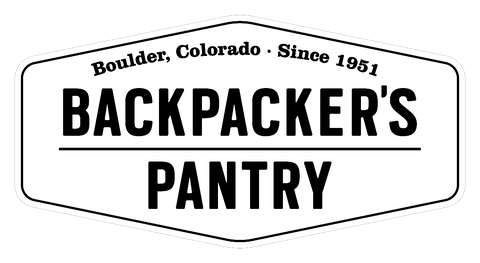An enormous amount of litter that we need to consider is out of our reach, and it’s called space junk. What's space junk? Space junk includes abandoned space crafts, defunct satellites, mission related debris and more that's floating around in space. These objects are in Earth’s orbit and causing quite a few problems that need to be addressed.
The Trash Takeover
There are millions of pieces of space junk orbiting the Earth, traveling at speeds that render them extremely dangerous. 20,000 of these pieces are larger than a softball and 500,000 of these are the size of a marble or larger and they are traveling at speeds up to 17,500 mph! In fact, there is so much of this debris that NASA has developed a set of guidelines for dealing it. Because , when a piece of debris the size of a paint chip can damage windows on the International Space Station, there is precedent for alarm.
A Serious Threat To Spaceflight
NASA, as well as the United States Department of Defense share the responsibility of tracking and cataloguing each piece of debris that is large enough to pose a threat. When a potential collision is detected with an object larger than 4 inches, collision avoidance maneuvers are put into place. For a spacecraft such as the ISS, these maneuvers need about 30 hours of notice in order to successfully relocate the ship. If the ship cannot be relocated, the crew is moved to Soyuz spacecraft which will act as a lifeboat to get them back to Earth, should the ISS be too badly damaged to function. The pieces of debris that are smaller than this, unfortunately, are too small to track yet still too large to shield against. These pieces of debris pose the greatest risk to space missions.
The Kessler Syndrome
The amount of observable debris around Earth is increasing so quickly that the international space community is worried about the threat of the Kessler Syndrome. The Kessler Syndrome will occur when there is so much space junk orbiting our Earth, that the orbital debris will become too dense. Collisions will eventually be unavoidable, and each collision would then compound the problem by creating more space junk. Eventually, the Earth’s orbit would be rendered unusable for satellites and spacecraft alike.
OSCaR To The Rescue
To potentially avoid this issue, a little Cubesat named OSCaR is here to the rescue. OSCaR stands for Obsolete Spacecraft Capture and Removal and its job is to hunt down and de-orbit debris using nets and tethers. OSCaR would operate autonomously, deorbiting itself after five years in order to avoid becoming space junk too. As a Cubesat, it is quite small, only 12 inches long by 4 inches wide and 4 inches high. Therefore, OSCaR will be capable of capturing and removing four significant pieces of debris in its lifetime. One day, scientists hope to see little autonomous herds of OSCaRs cleaning up our skies. The first OSCaR is due to be tested this year, and if all goes according to plan, more will follow.






